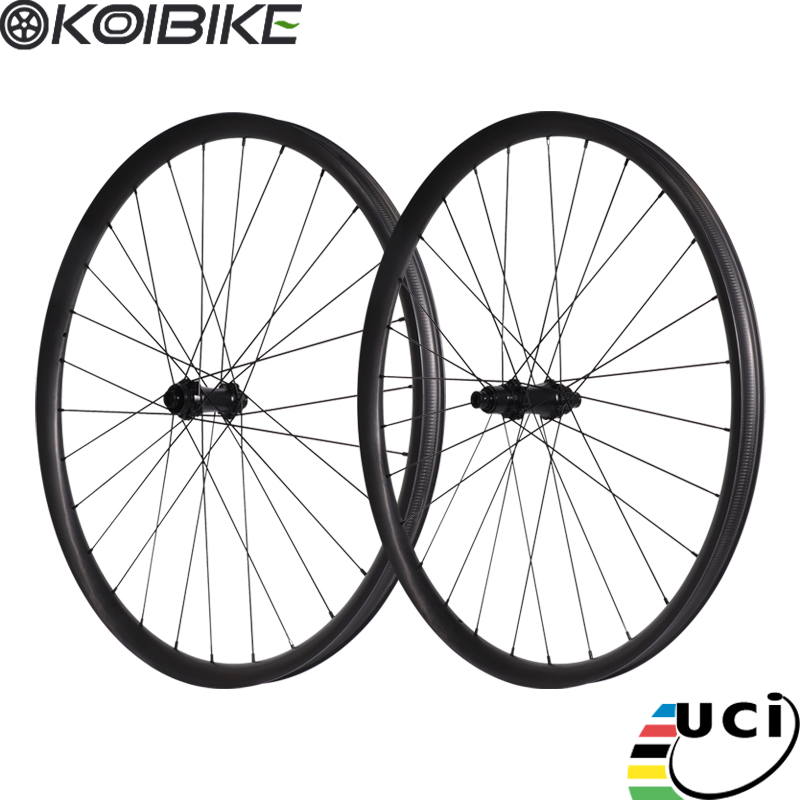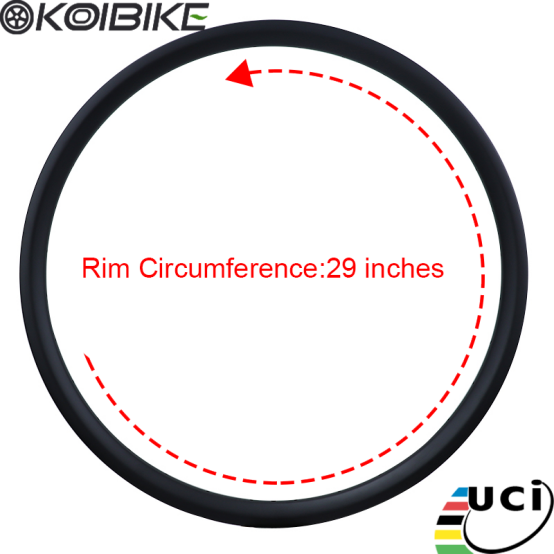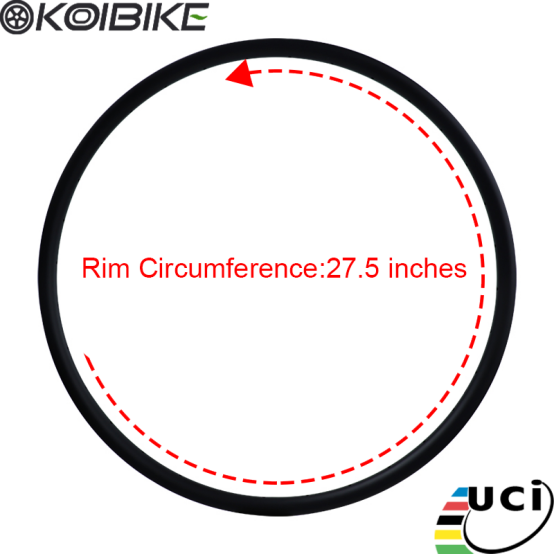I. Analysis of Core Advantages for Each Type

29-Inch Rims
1.Strong Passability:
Thanks to the larger rim diameter, when encountering common off-road obstacles like gravel piles, exposed tree roots, or shallow potholes on mountain roads, the rim can roll over them at a gentler angle. This reduces wheel jamming and body vibration, significantly lowering riding difficulty especially in wild off-road scenarios.
2.Efficient Rolling:
With greater inertia, once the ideal cruising speed (e.g., 20-25 km/h) is reached through pedaling, less frequent force application is needed to maintain the speed. It is suitable for long-distance rides of over 50 km per day, effectively reducing leg fatigue.
3.Stability at High Speeds:
The bike’s center of gravity remains more stable during travel. Even when going downhill or encountering light crosswinds, it is less likely to sway left and right, providing riders with a stronger sense of security. This makes it ideal for users seeking a stable riding experience.

27.5-Inch Rims
1.Flexible Maneuverability:
With a moderate diameter, the rim offers fast steering response. In narrow urban alleys, winding forest trails, or scenarios requiring frequent evasion of pedestrians and obstacles, it can easily handle sharp turns and direction changes, delivering a lighter handling feel.
2.Quick Acceleration:
Due to its smaller rotational inertia, the rim can accelerate rapidly with only slight pedaling force during startup. This advantage is particularly noticeable during urban commutes with frequent stop-and-go at traffic lights, or when short bursts of speed are needed to overcome obstacles during mountain riding.
3.Wide Compatibility:
It is more compatible with riders of different heights, especially for shorter users (under 165 cm). They can find a comfortable riding position without extensive frame adjustments. Additionally, it fits more frame types, with abundant options ranging from entry-level to professional models.

II. Comparison of Key Differences
Dimension | 29-Inch Rims | 27.5-Inch Rims |
Size Specification | Actual diameter is approximately 622mm, usually paired with 2.1-2.4 inch wide tires. Larger tire contact area with the ground ensures stronger grip. | Actual diameter is approximately 584mm, mostly paired with 2.0-2.3 inch wide tires. Lighter tires offer more flexible adaptability to different road surfaces. |
Riding Experience | Outstanding stability during high-speed cruising and strong obstacle-crossing ability on complex terrain. However, maneuverability is slightly reduced when turning or U-turning in narrow spaces. | Fast startup acceleration and light handling feel at medium to low speeds, suitable for scenarios requiring frequent direction changes. However, more skill is needed to avoid larger obstacles. |
Bike Compatibility | Requires larger frames. The total weight of the bike is approximately 500-800 grams heavier than a 27.5-inch model with the same configuration, and it has slightly higher requirements for frame strength. | Features more compact frame design and lighter overall weight. It can be easily fitted to men’s, women’s, and youth frames. |
III. Practical Selection Recommendations
1.Choose Based on Riding Scenarios:
Prioritize 29-inch rims if you frequently go for mountain off-roading or long-distance rides (e.g., lake-circling or inter-provincial trips), or if your daily riding routes include many mountain roads or gravel roads. Opt for 27.5-inch rims if you mainly use the bike for urban commuting, short leisure rides (e.g., weekend park rides), or often travel through old neighborhoods and crowded areas.
2.Choose Based on Height and Body Type:
Riders over 180 cm with a good leg length ratio will avoid a "hunched" feeling on a 29-inch bike, enjoying a more stretched riding posture. For users under 165 cm or with a smaller build, 27.5-inch bikes are easier to adjust in terms of handlebar height and saddle height from the ground, making getting on and off the bike more convenient. For riders between 165-180 cm, the choice depends on personal preference: select 29-inch for stability or 27.5-inch for flexibility.
3.Choose Based on Core Needs:
If you value "effort-saving" and "stability" during riding—for example, you don’t want to exert frequent force during long rides or worry about controlling the bike on complex terrain—29-inch rims are the better choice. If you prioritize "flexibility" and "fast acceleration"—such as wanting to navigate through traffic quickly in the city or enjoy flexible direction changes on mountain roads—27.5-inch rims are more suitable.
